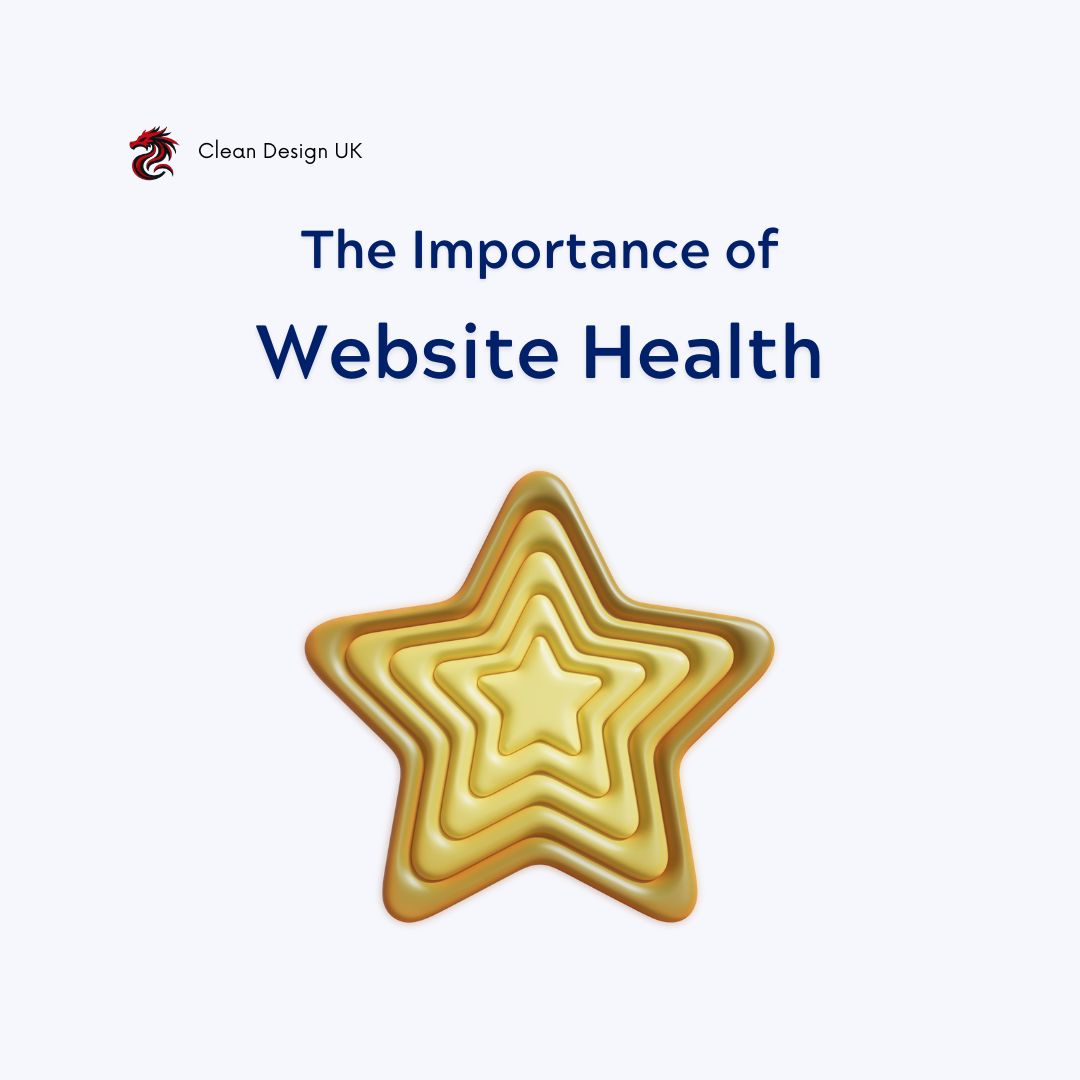Enhancing Your Website Presence: Keep Your Site in Top Shape
As a passionate developer on the journey from a junior to a senior role, I've learned that maintaining a strong website presence is crucial for any business aiming to succeed online. Your website is the digital face of your company, and just like your physical storefront, it requires regular upkeep. Neglecting this can lead to issues like slow loading times, outdated content, and security vulnerabilities. In this comprehensive guide, we'll explore effective SEO advertising and website strategies to keep your site in top shape and enhance its overall performance.
Why a Website Health Check is Essential
"A well-maintained website is the cornerstone of any successful business," notes Forbes. Conducting regular website health checks can prevent common issues like slow loading speeds, security breaches, and poor user experiences. A website health audit helps identify areas for improvement, whether it's enhancing SEO or updating content. For a more detailed breakdown of web performance, see our post on Professional Websites for Small Businesses.
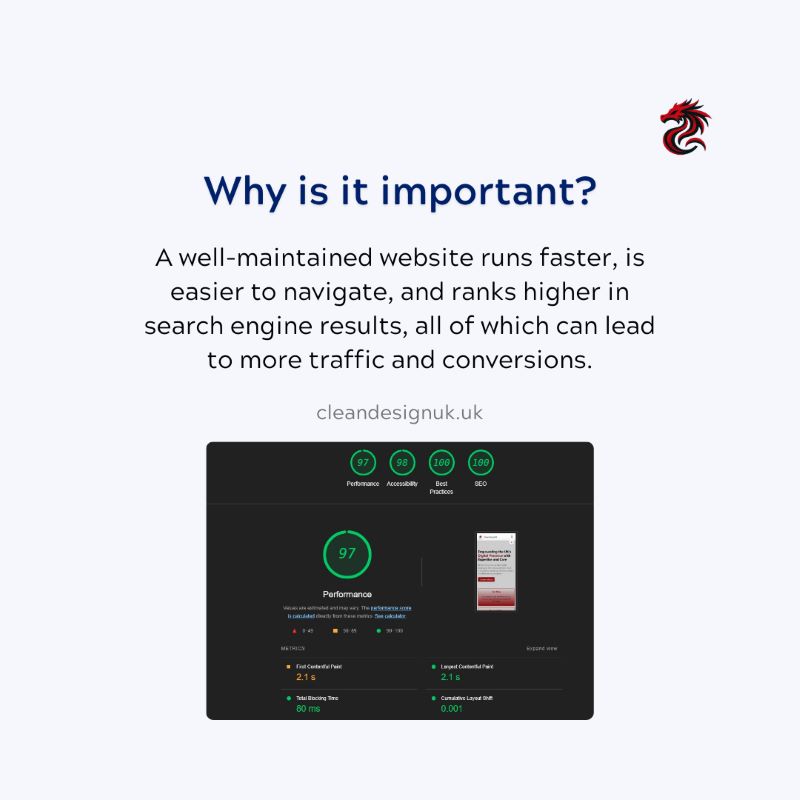
Key Components of a Website Health Audit
A thorough website audit covers several aspects to ensure optimal performance. Let's explore these elements:
1. Page Speed and Performance
Studies show that 53% of users will leave a site if it takes more than three seconds to load (Google Research). Slow loading times increase bounce rates and impact your search engine rankings. Use tools like Google PageSpeed Insights and GTmetrix to identify performance bottlenecks. Our article on Understanding Website Bounce Rates and How to Improve Them dives deeper into the relationship between speed and user engagement.
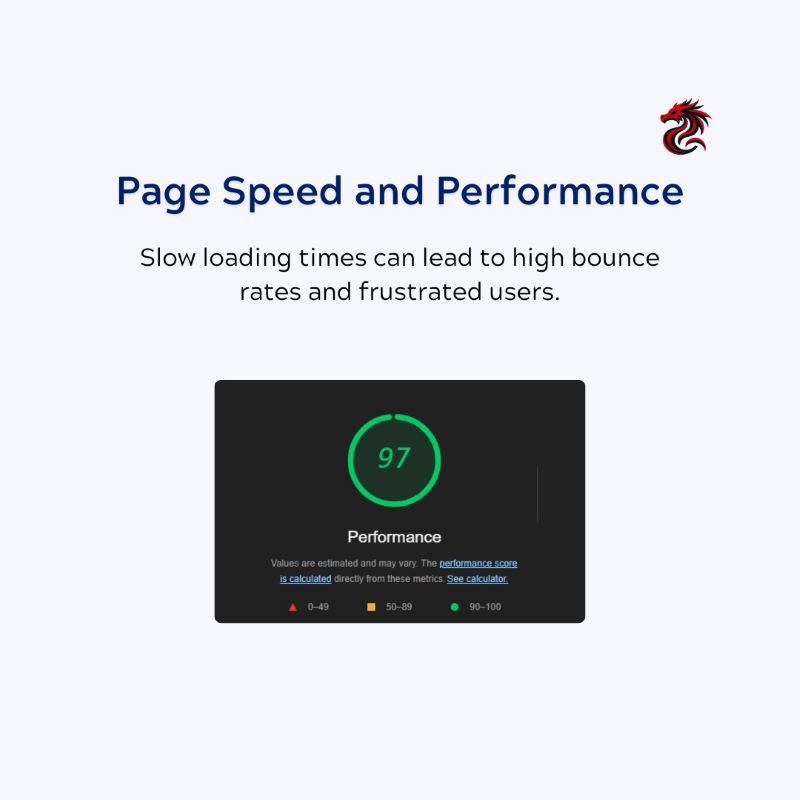
2. Mobile Responsiveness
With over half of internet traffic coming from mobile devices, your website must be mobile-friendly. According to Search Engine Journal, "Google's algorithm prioritizes mobile-friendly websites." Ensure your design is adaptable across various screen sizes. For more insights on mobile-friendly web design, check out Top Web Design Trends for 2025.
3. Broken Links and 404 Errors
Broken links frustrate users and hinder SEO. Regularly use tools like Screaming Frog or Ahrefs to find and fix broken links. "Nothing says 'we don’t care' more than a broken link," asserts Smashing Magazine. Learn more about the impact of link building in our blog How to Create a Strong Brand Identity Online.
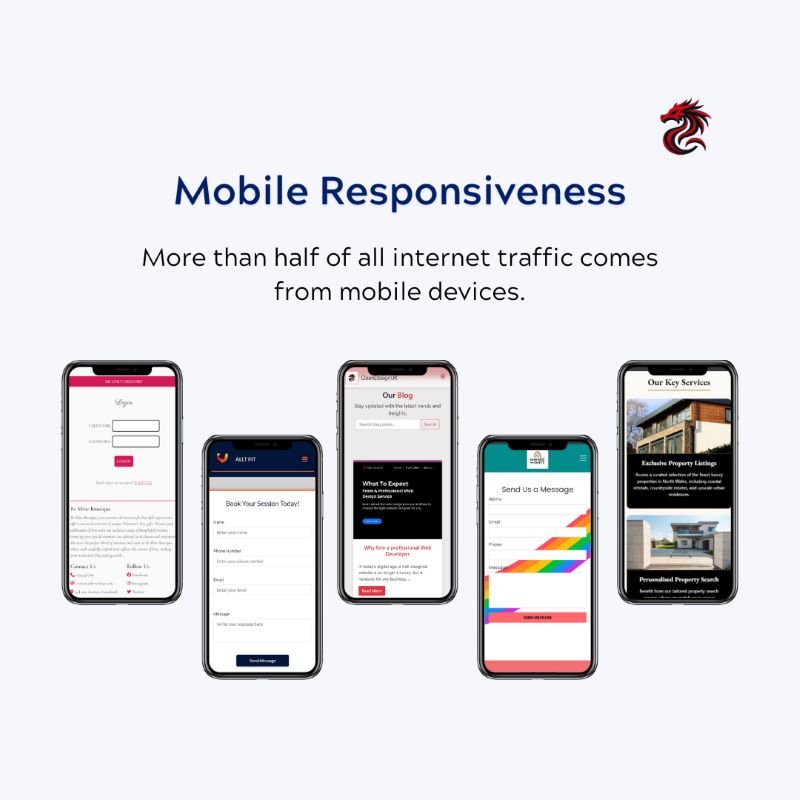
4. Security Vulnerabilities
A security breach can be catastrophic for your business. Ensure you have an active SSL certificate and use tools like Wordfence for WordPress to monitor potential threats. "Investing in website security is crucial for protecting your data and building trust with your customers," suggests cybersecurity expert Brian Krebs. Dive into our article on Website Security 101: Keep Your Site Safe for more safety tips.
5. SEO Performance
To stay visible in search results, you need to regularly assess your site's SEO. This includes checking for keyword optimization, meta descriptions, alt tags, and structured data. As Moz points out, "Continuous SEO auditing ensures that your site meets current search engine standards." Discover SEO best practices in our post on SEO Basics Every Small Business Should Know.
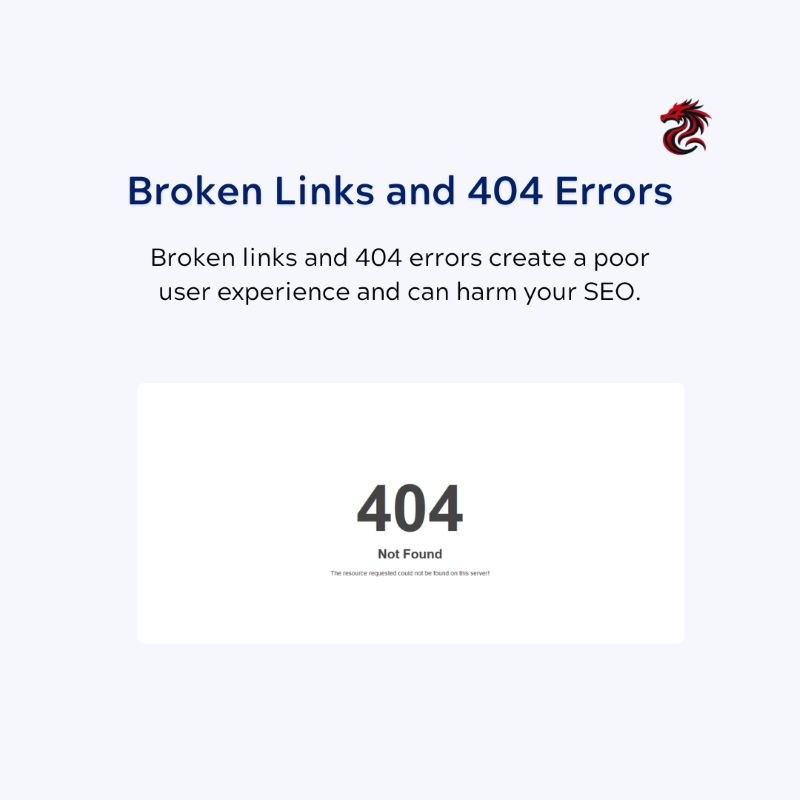
6. Content Freshness
Outdated content can make your website look neglected. Regularly review your blog posts, product descriptions, and other pages to keep them relevant and accurate. Content marketing guru Ann Handley notes, "Fresh, quality content signals to search engines that your site is active and valuable." For tips on crafting engaging content, read our guide on Content is King: 5 Tips for Creating Content That Resonates with Your Audience.
7. User Experience (UX)
UX isn't just about aesthetics—it's about making your website easy to navigate and enjoyable to use. Test your site's navigation to ensure users can quickly find what they're looking for. "A great user experience can make the difference between a visitor and a customer," states UX Collective. Enhance your UX with insights from our blog The Importance of User Experience in Web Design.
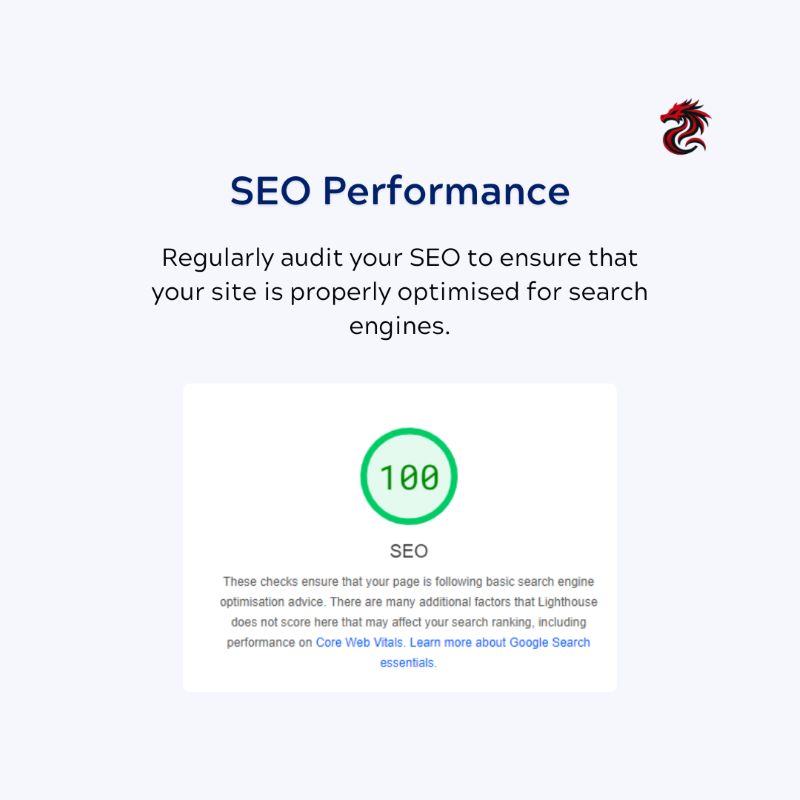
Effective SEO Advertising Strategies
Boosting your website presence isn't just about fixing technical issues; it's also about implementing effective SEO advertising strategies. Here are some approaches to consider:
1. Pay-Per-Click (PPC) Campaigns
PPC advertising allows you to place ads in search engine results and pay only when a user clicks on them. This can drive immediate traffic to your site. For tips on optimizing your PPC campaigns, read our article on 5 Pay-Per-Click Ads Mistakes That Can Drain Your Budget.
2. Social Media Advertising
Platforms like Facebook, Instagram, and LinkedIn offer targeted advertising options that can increase your reach. Engaging content and well-designed ads can significantly enhance your website presence. Learn more in our post on Strategies for Boosting Social Media Engagement.
3. Content Marketing
Creating valuable content attracts visitors and establishes your authority in the industry. Blogs, videos, and infographics are excellent tools for this. Our guide on Creating Engaging Blog Content provides actionable tips.
Implementing Effective Website Strategies
Beyond advertising, implementing robust website strategies is essential for long-term success. Here are some strategies to consider:
1. Search Engine Optimization (SEO)
Optimizing your website for search engines increases your organic traffic. This includes keyword research, optimizing meta tags, and building quality backlinks. Dive deeper into SEO with our article SEO Basics Every Small Business Should Know.
2. Responsive Design
A responsive website adapts to different screen sizes, providing a seamless experience across devices. This not only improves user experience but also boosts your search engine rankings. Learn about the importance of responsive design in our post on Understanding White Space in Web Design.
3. Analytics and Monitoring
Use tools like Google Analytics to monitor your website's performance. This data helps you make informed decisions and adjust your strategies accordingly. For more on this, check out How Often Should You Update Your Website Content.
Final Thoughts
Regular website health checks are not just about keeping your site looking good; they're about ensuring it performs well, provides a secure environment, and delivers an outstanding user experience. "Investing time in regular maintenance pays off in the long run," emphasizes digital strategist Pam Moore. For more on keeping your website in top shape, explore our post How Often Should You Update Your Website?.
As the digital landscape evolves, so do the standards for an effective website. By regularly auditing your site’s speed, mobile responsiveness, security, and content, you ensure that it remains a valuable asset to your business. Website health checks can uncover hidden issues that may be driving users away, impacting SEO, or even making your site vulnerable to cyber threats.

Ready to take the next step? Conduct your website health audit today and tackle any issues that could be holding your online presence back. Our team at Clean Design UK can help you identify these problem areas and optimize your website for peak performance. For a more comprehensive guide to website health, explore our article on Website Security 101: Keep Your Site Safe.
Don’t forget to stay on top of the latest marketing trends and ensure your website aligns with industry best practices. An up-to-date, secure, and user-friendly site will not only improve customer satisfaction but will also boost your search engine rankings.
If you need assistance with conducting a website health audit, reach out to our expert team at Clean Design UK. Let’s keep your website in top shape, ensuring it remains an asset that works tirelessly for your business.
To dive deeper into related topics, consider reading our insights on:
